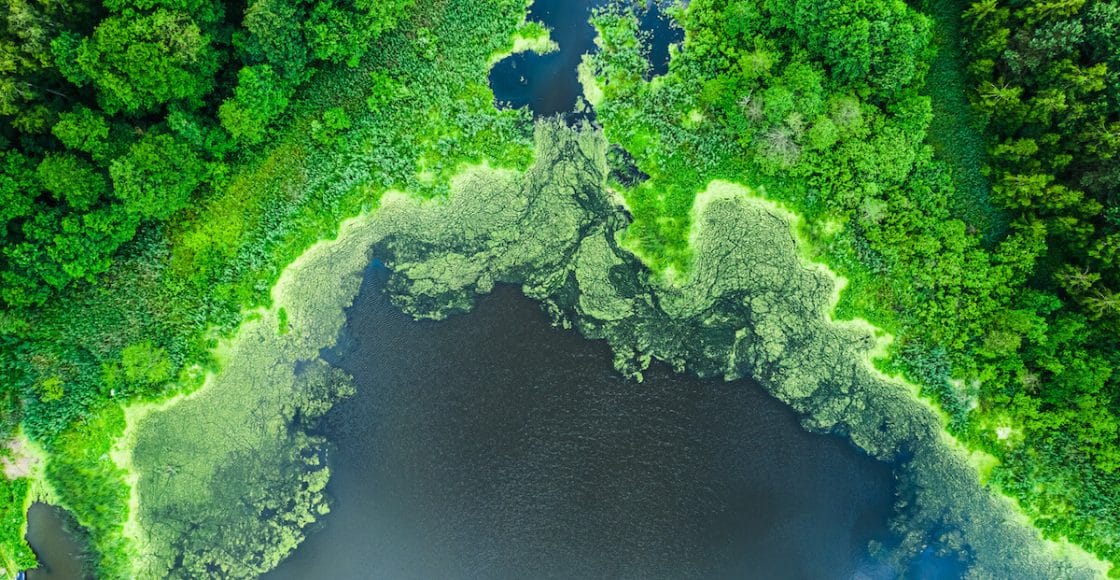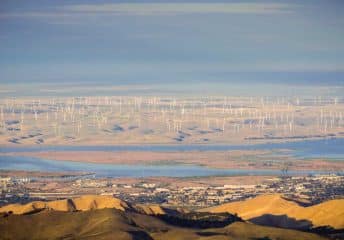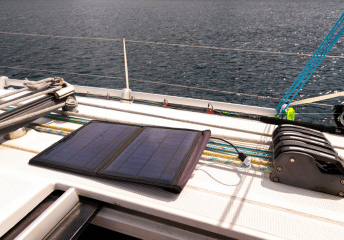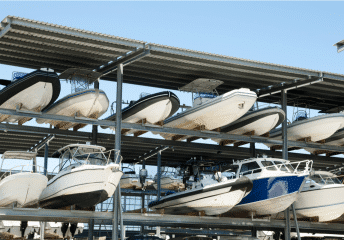Algal Blooms & Nutrient Pollution: What Boaters Should Know
Last Updated on September 20, 2022 by Boatsetter Team
Nowhere does the domino effect hold truer than within our ecological system. As a planet, we’re currently experiencing the repercussions and consequences causes by global pollution and environment contamination that has occurred over the last century. This harm is not mutually exclusive to land, it also affects the bodies of water that boaters love!
This post is going to go over causes and harmful effects of algal blooms (also referred to as algae blooms), and why this topic should be top of mind for many boaters. By the end of this post, you’ll understand:
- What causes algal blooms
- The harmful algal blooms effects on humans and our surroundings (local waterways, boating activities, and money)
- How to reduce nutrient pollution in your neighborhood waters
Before we dive into the details, be sure to check out Boatsetter’s own sustainability initiative, #MindYourWake, and how you can get involved in your own local community (also be sure to read Green Boating: 6 Sustainable Best Practices for Boaters).
Looking for Eco-Friendly Boat Rentals? Explore our Electric Boats for Rent
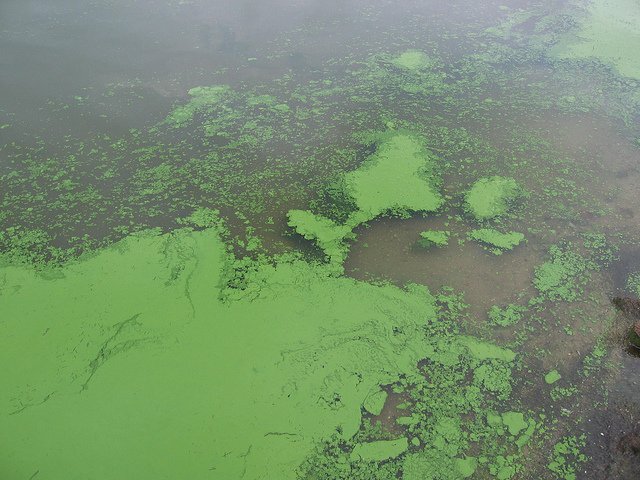
What are harmful algal blooms (algae blooms)?
Harmful algal blooms (HABs) occur when colonies of algae (simple water plants) grow out of control and produce toxins that can be harmful to aquatic animals, birds, and humans. These algal blooms have increased ten-fold over the last half-century due to excessive nutrient pollution caused by human activity.
Nutrient pollution means there’s excess nitrogen and phosphorus in a water body. While these elements are natural parts of aquatic ecosystems and support the growth of plants, when too much nitrogen and phosphorus enters the environment it tips the balance.
The Environmental Protection Agency (EPA) informs us that nutrient pollution is one of America’s most widespread, costly, and challenging environmental problems! Nutrients enter the water in several ways:
- Agriculture: Nitrogen and phosphorus are present in chemical fertilizers used to grow crops. If these nutrients are not fully utilized by the plant, surface runoff can push these excess nutrients downstream and impact air and water quality.
- Runoff: When precipitation falls and runs across hard surfaces–like rooftops, sidewalks, and roads–it picks up pollutants, like nitrogen and phosphorus, and carries them into local waterways.
- Residential: Sewer and septic systems are responsible for treating large quantities of water. These systems do not always operate properly, can leak into groundwater, or do not remove enough nitrogen or phosphorus before discharging into local waterways.
- Industry: Electric power generation, industry, and transportation have all increased the amount of nitrogen in the air through the use of fossil fuels.
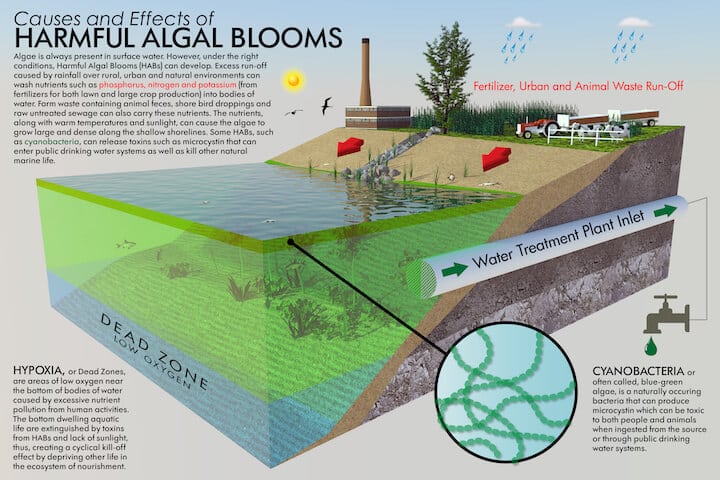
“More than 100,000 miles of rivers and streams, close to 2.5 million acres of lakes, reservoirs, and ponds, and more than 800 square miles of bays and estuaries in the United States have poor water quality because of nitrogen and phosphorus pollution,” says EPA.
Unchecked human activities can accelerate nutrient pollution by increasing the natural movement of nutrients from inland watersheds to coastal environments, creating large-scale ecological and economic concern.
Fishing Tip: Rapid algae growth can destroy fish habitats by shading underwater plants, leading to plant decay. As algae decays, they consume all the oxygen in the water creating “dead zones,” where aquatic life cannot survive. If you haven’t been getting many catches, you could be boating or fishing in a dead zone (yikes).
Where do harmful algal blooms live?
Algal blooms can grow in salt, brackish, and freshwater systems around the world. It’s important to note that algae, like seaweed, although annoying, are not the same as harmful algal blooms. HABs tend to occur more frequently and intensely in the hot, wet months of the year.
As boaters, it’s important to know where they live and how to spot it. The most harmful blooms consist of phytoplankton known as:
- Blue-green algae (Cyanobacteria) are more commonly seen in freshwater.
- Microalgae or red tide (Dinoflagellates) are most often found in salt or brackish water, including estuaries.
- Microalgae or red tide (Diatoms) are most often found in salt or brackish water, including estuaries.
These phytoplankton release toxic gasses or grow too dense and kill the sunlight and oxygen fish and other aquatic plants need to survive. They are also harmful to humans.
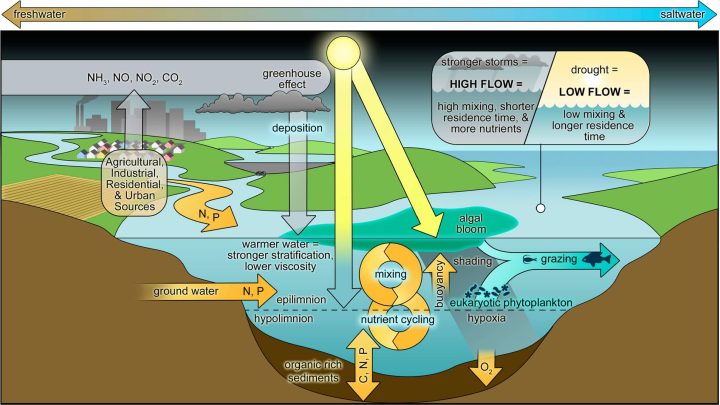
Conceptual diagram of the physical, chemical, and biological processes controlling HAB formation and along the freshwater-to-marine continuum. Diagram Sourced from Paerl et al., 2018.
Harmful effects of algal blooms on humans and our surroundings
HABs impact people and the environment slowly, but as time passes by this build up affects big facets of our lives, including: our water, our boating environments, and our money:
- Water treatment: The U.S. has spent at least $1.1 Billion preventing and treating algal blooms since 2010 (This includes 85 cities and towns across 22 states).
- Boating: Algal blooms affect our boating community tremendously! Not only does it make our water reek, but also dead zones give anglers less opportunities to fish. It can even close whole body’s of water off.
- Property value: Big money is tied to waterfront property in the U.S.. In fact, lakefront property is valued at least 25 to 40 percent higher than its inland competitors. But, what most do not know is, your waterfront property value is attached to the quality of water.
Pro Tip: If you own a waterfront property, do what you can to protect your waters (reduce, reduce, reduce). A case study on algal bloom effects on property values in Southwest Florida shows us a scary, real life scenario of four major blooms plaguing properties within 5 miles of the coast, decreasing about 10 percent in the months exposed to red tide. They found that prices drop 1 – 2 percent further for each additional month a bloom persists and a steeper price reduction for homes directly on the water.
How to reduce nutrient pollution of your local waterways
Whether you’re at home, boating out on your neighborhood waterways, or exploring your local community, here’s a few ways you can make a positive impact on your environment:
Reducing nutrient pollution at home
- Choose phosphate-free detergents, soaps, and household cleaners
- Only run your laundry machines and dishwasher when you have a full load
- Always pick up after your pet
- Turn things off or unplug appliances when you’re not using them
- Wash your car on your lawn or in commercial car washes
- Don’t apply fertilizer before windy or rainy days
- Avoid applying fertilizer close to waterways
- Do not overwater lawns and gardens
- Get your septic system inspected annually
- Maintain your outdoor power equipment to reduce nitrogen oxide emissions
- Plant a rain garden of native plants, shrubs and trees that reduce the amount of fertilizer needed and provide a way for water to soak into the ground
- Install a rain barrel to collect rainwater (rainwater can later be used to wash your car or water your plants and lawn)
- Install a green roof on your home or business
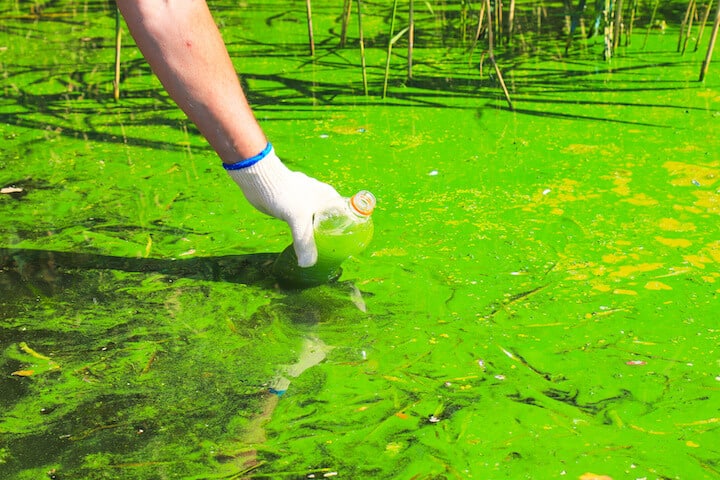
Reducing nutrient pollution in your local community
- Share the EPA’s online educational resources with your friends and family, including: EPA Watershed Central Wiki, EPA projects to create healthy watersheds, and the Watershed Academy, which offers a variety of training resources including self-paced training modules, webcasts, live training courses, and certifications.
- Bring attention to surface water quality problems by exploring some of these science fair project ideas.
- Certify your backyard or schoolyard as part of the National Wildlife Federation’s Backyard Wildlife Habitat Program or Schoolyard Habitat Program.
- Sponsor a watershed festival in your community to raise awareness about the importance of watershed protection.
- Volunteer to monitor water quality in your community.
- Spread the word!
The boating community is special for its kind relationship to our waters. We can always strive to take broader action in small ways like reducing nutrient pollution by creating better habits.
Read other stories within our #MindYourWake Series:
- Green Boating: 6 Sustainable Best Practices for Boaters
- 5 Beach Clean-Up Organizations for Boaters to Volunteer
- Boatsetter’s Waterway Clean-Up Event Calendar
- Seabin Project for Cleaner Oceans
- Miami Waterkeeper: Protecting the Water You Love
- Billion Oyster Project: Building Back New York’s Harbors
- Captains for Clean Water: Protecting Aquatic Ecosystem
Boatsetter is a unique boat-sharing platform that gives everyone—whether you own a boat or you’re just renting—the chance to experience life on the water. You can list a boat, book a boat, or make money as a captain.
Own a Boat? Let your boat pay for itself. List, Rent, Earn — Only at Boatsetter.

Boatsetter empowers people to explore with confidence by showing them a world of possibility on the water. Rent a boat, list your boat, or become a Boatsetter captain today.
